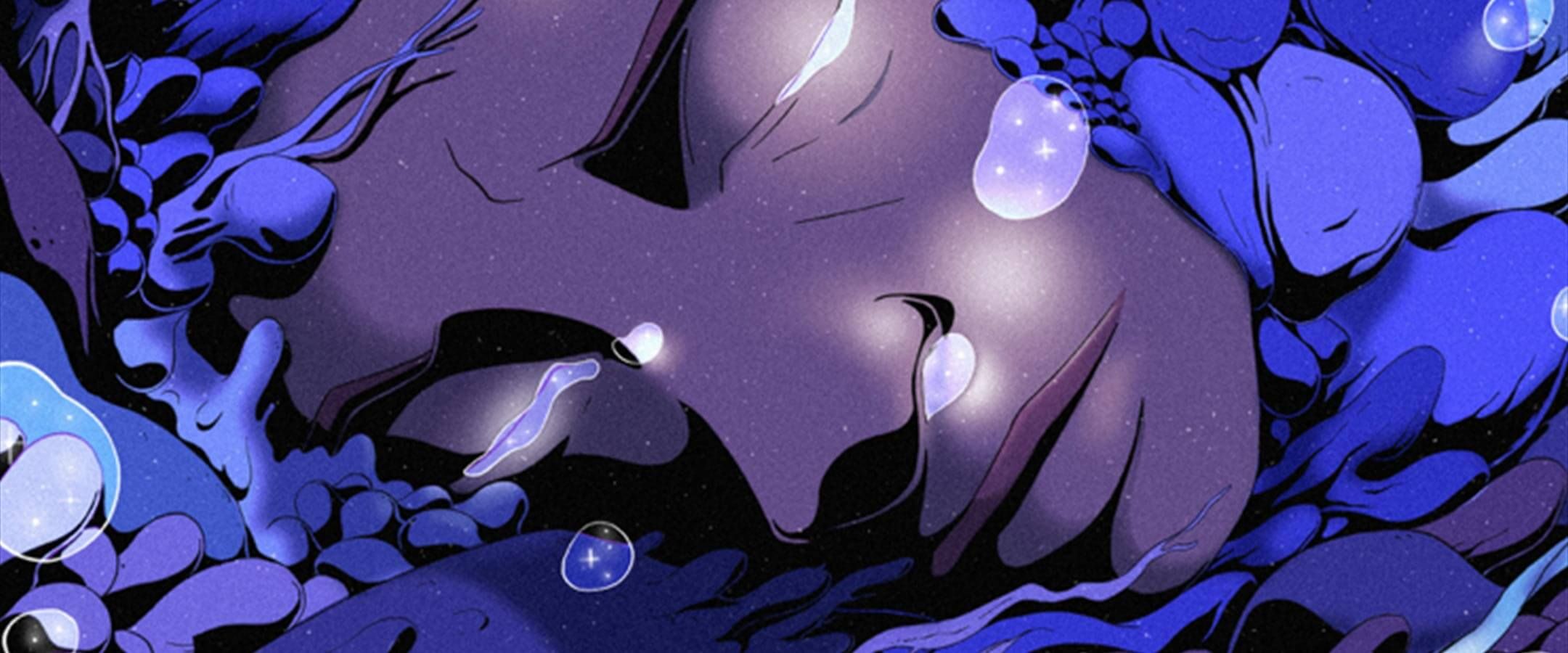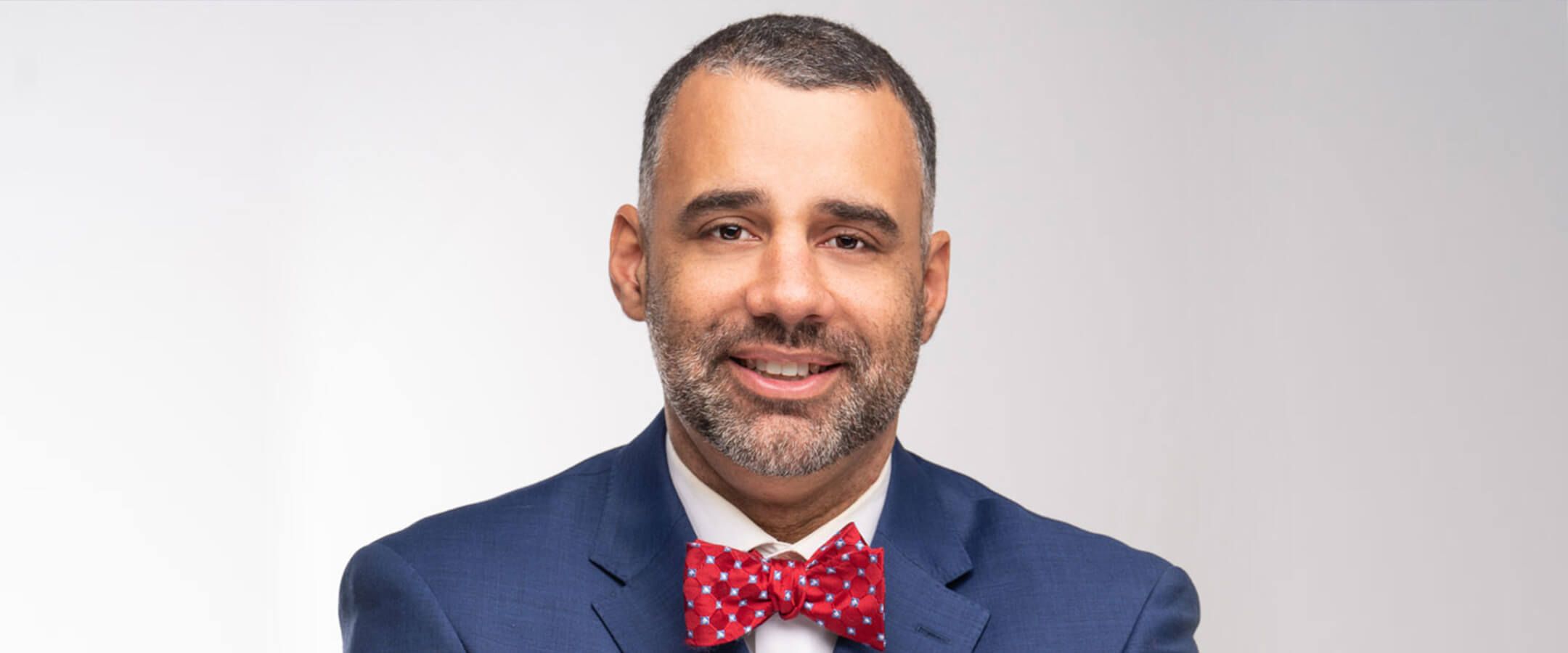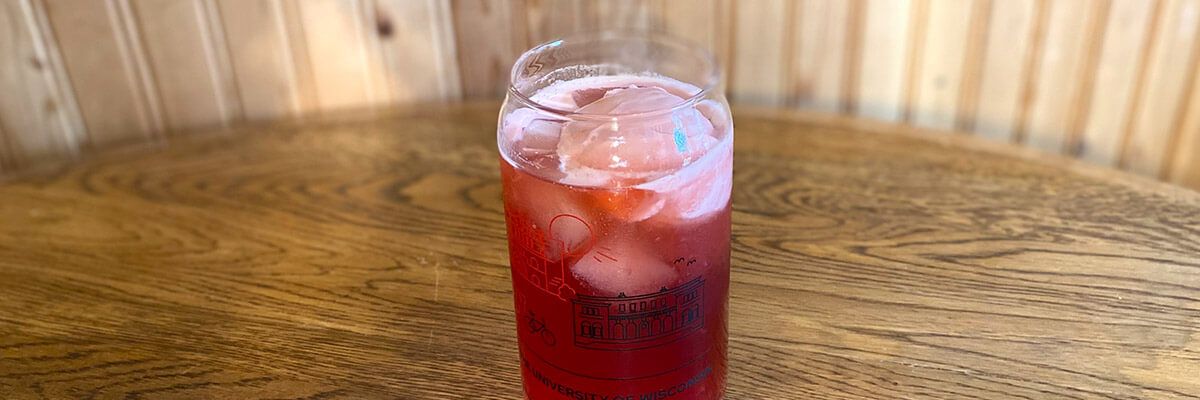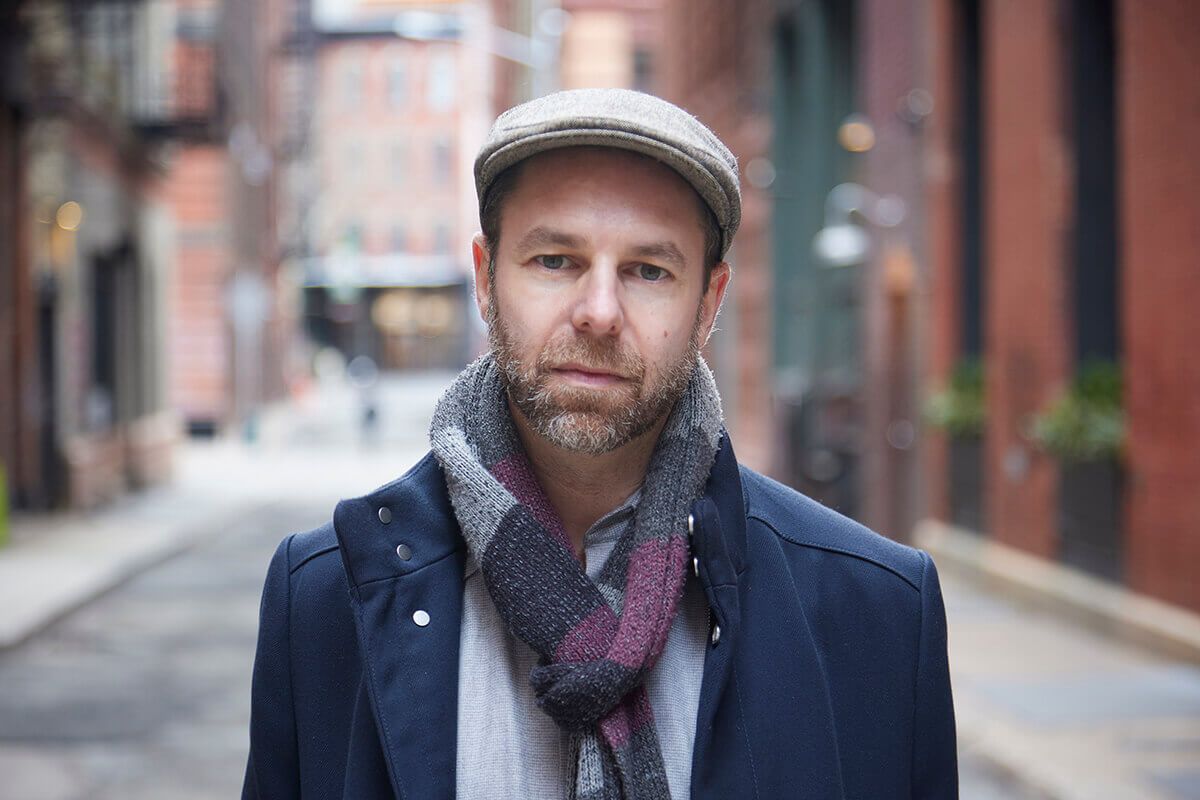Since the announcement of Greta Gerwig’s upcoming Barbie movie, the world has gotten a lot pinker. Billboards splashed with Barbie’s signature color are unmistakable in their advertising despite bearing nothing but the movie’s premiere date. Shoe companies are packaging their human-sized products in the style of the doll’s accessories. You can even spend a night in the real-life Dreamhouse.
Barbie’s iconic presence is nothing new, but her timelessness has less to do with her ageless plastic face and always-in-vogue wardrobe than it does with her impressive ability to adapt to an ever-changing world.
“Cultural historians have written books on the Barbie franchise because you can see its attempts to meet the culture where it is — some of the brand’s missteps, and some of the home runs,” says Christine Whelan, a clinical professor in the UW School of Human Ecology’s Department of Consumer Science. “Through it all, Barbie’s been there.”
Here, Whelan explains how the doll that’s spent the last 64 years as a symbol of youth, dreams, and possibility remains relevant across generations.
What does Barbie represent to the American public? How has this changed all over time?
Barbie is this brand that we love to hate. When Barbie came out in 1959, people said, “Who would possibly want this doll?” And then it turns out that just about everyone did because Barbie represented an idealistic view of the American dream, of the hope that you can be anything, that you can achieve anything. These dolls were dressed up every which way. There were the outfits sold with the dolls, and outfits kids could create for themselves to personalize their Barbie dolls. And it wasn’t just about the fashion: it was the idea that you could have the Barbie come along with you for the ride of your life — and also that you could explore who you might be in the future while playing with a Barbie. It was this really interesting mix of materialism and idealism, and it very much fit the culture of America in the latter half of the 20th century. As we entered into the 21st century, you would think there’s so many other options and we would have moved on from Barbie, but really the opposite is true. People are still buying something like [164] of these dolls a minute. This has been an incredibly long-lasting cultural expression of what it means to not just be a woman in America, but really to be an American with dreams.
What is it about this live-action Barbie movie geared toward adults that makes it so exciting in this moment?
Parents in their late 30s and 40s are excited about sharing their childhood experiences with their kids, and so you see these adults who have spending power bringing their kids along to movies. There’s the revival element of it, but I also see it as a post-pandemic, jubilant kind of explosion of color and fabulousness and pinkness all around. I think that’s why Barbiecore has really hit in terms of fashion. Rather than being sort of depressed or staid or boring, the exuberant nature is quite hopeful from a cultural perspective.
How might this movie have been received differently 10 or 20 years ago?
Perhaps we have a less conflicted idea about Barbie than we did in the past. In the ’80s and ’90s, as women were being met with a lukewarm reception in the C-suites, the idea that there was Barbie dressed up as a president or a scientist or a businesswoman fell a little bit flat. It felt like more show than realistic portrayal. “Is Barbie just sort of play-acting at equality that real women cannot achieve?” That is still something that we need to talk about today because we do have pay gaps. We do not have equality in C-suite positions. Yet I think there is more hope now about girl power being an actually powerful thing, rather than something to which we are only giving lip service.
Might the excitement around the movie also be related to a reclamation of femininity?
Yes, absolutely. It’s a reclamation of femininity around a sort of irreverent material culture. One of the things that I teach in my Consuming Happiness class is the difference between materialism and material culture: materialism is when your values are such that you value things more than relationships and people, and that isn’t healthy. But you can very much celebrate material culture in keeping with your values, and those values can be ones of equality and success and identity. If the movie can manage it, my hope is for it to showcase a lighthearted reclamation of a certain kind of modern femininity.
What role does nostalgia play in our attachment to media and cultural icons?
We are very nostalgic people, and we want to share our positive — if not sugarcoated — experiences of the past with the next generation. Anything that parents can do with their children to share some of these moments of their childhood is something that has repeatedly been a moneymaker, both for Hollywood and for the toy market in general. There’s also quite a bit of cultural nostalgia, pulling back even further, because Barbie was a product of this 1950s, idealized America that never really even existed in the 1950s, as much as marketing would’ve had us believe it existed. (The fact that Barbie is from [the fictional] Willows, Wisconsin, is significant, as well — it’s a Midwestern idealized view of Americana, right in our backyards.) My expectation is that this Barbie movie will take a kind of pop-feminism approach —something much more pink and fabulous than 1950s Americana nostalgia. There may be some threads of that just because it’s Barbie, but my bet is the movie will be more socially forward than that.










